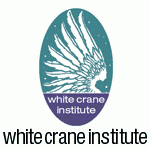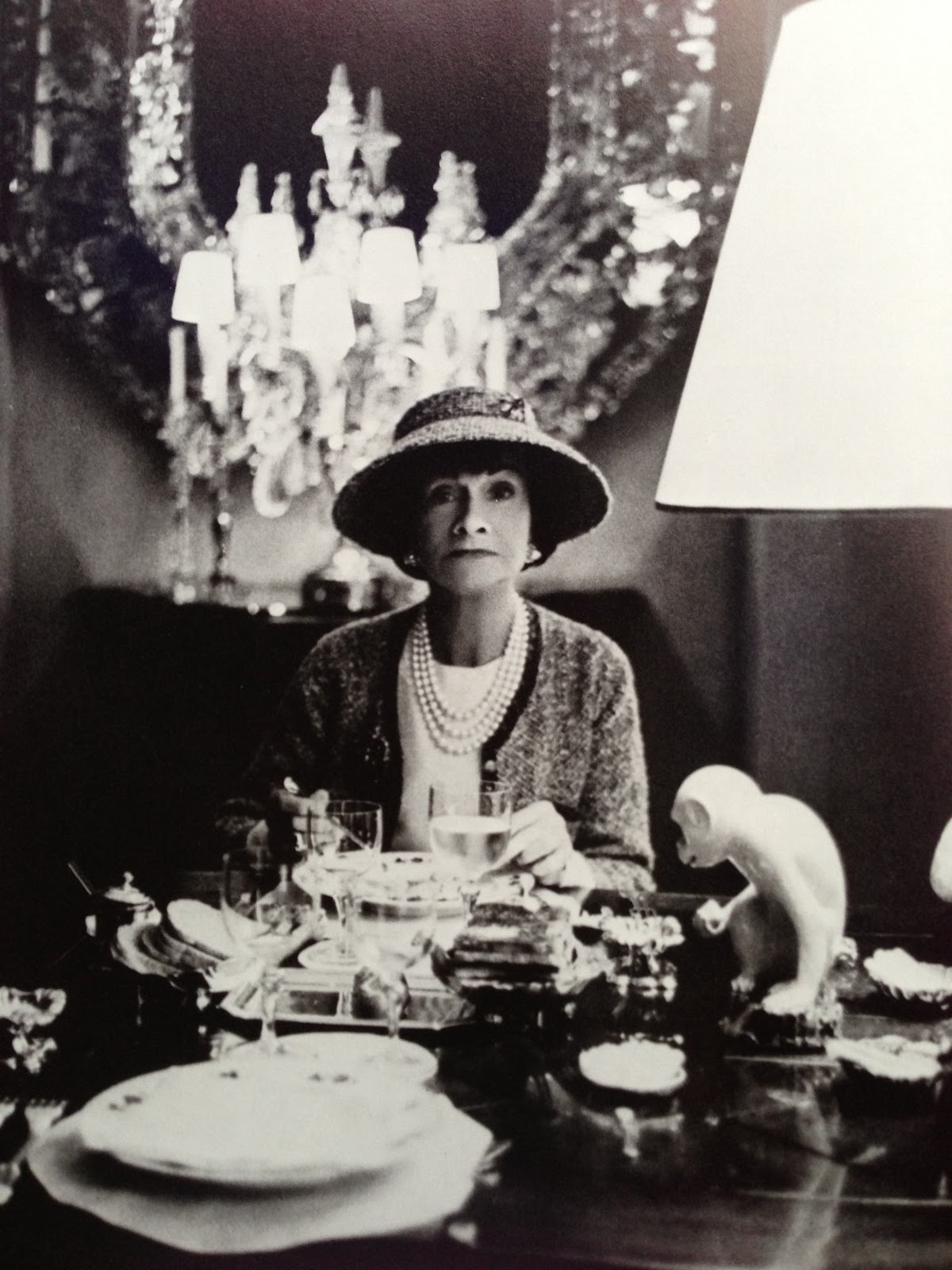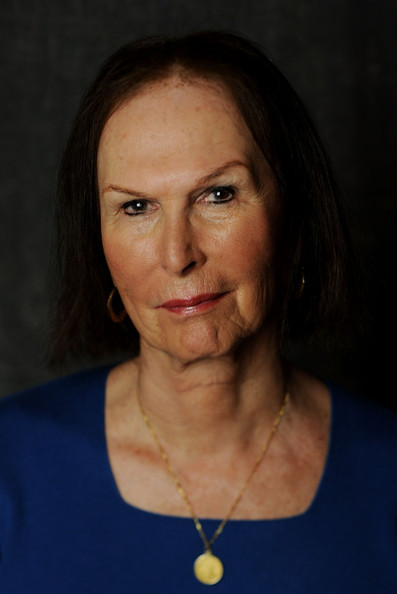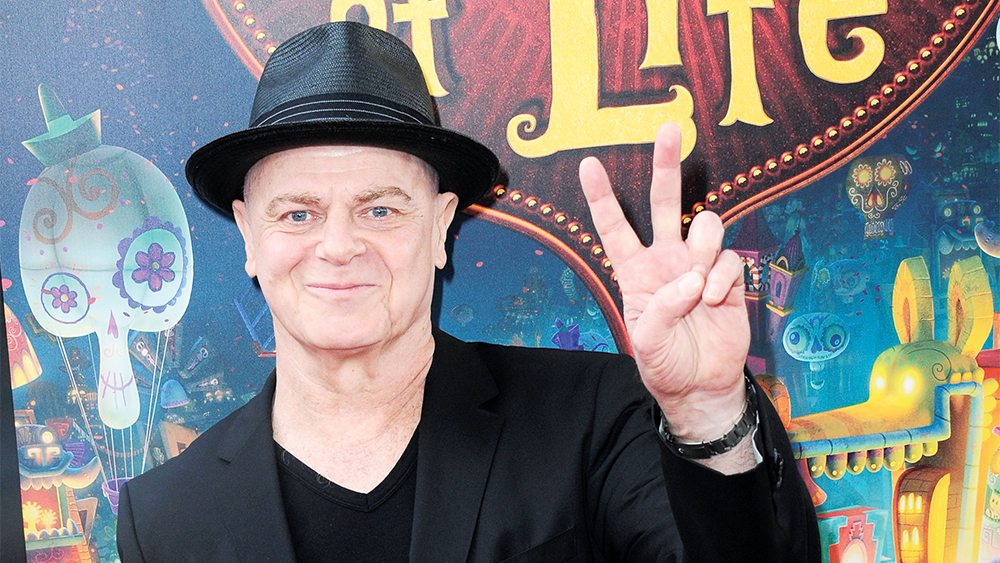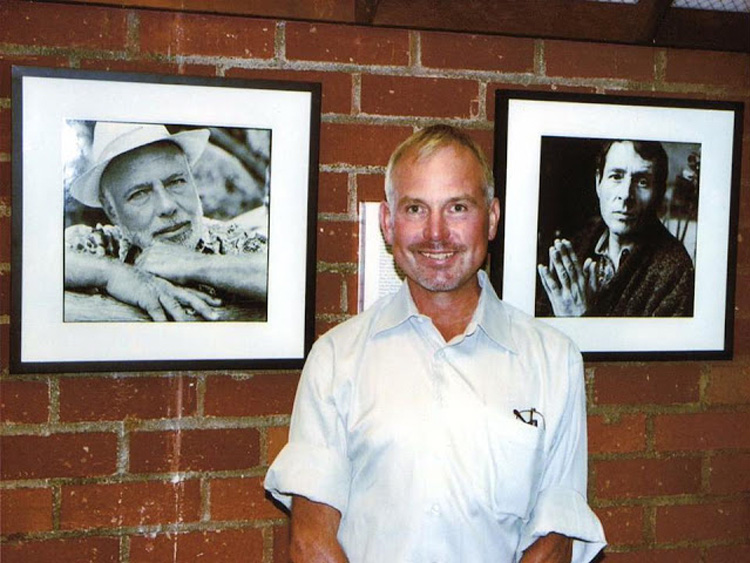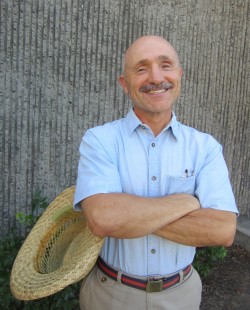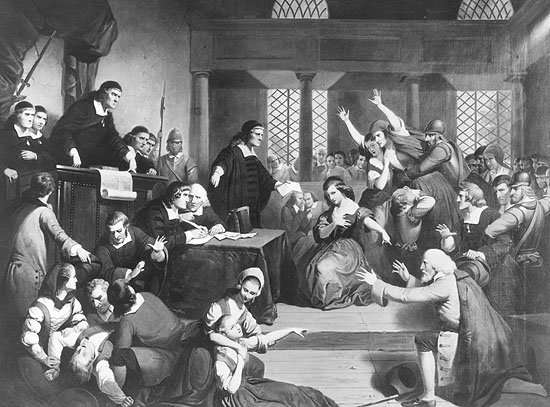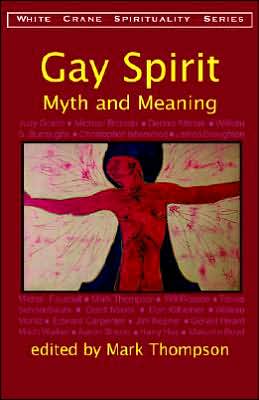August 19
GABRIELLE “COCO” CHANEL, French designer, born (d: 1971); She designed the most simple, the most elegant, the most beautiful clothing of the 20th century and became rich from her ne plus ultra good taste. She was the saint who paid for the funeral of poet Raymond Radiguet, “Monsieur Bébé” Cocteau’s boy lover. She designed the costumes for most of Cocteau’s productions. She sheltered Cocteau when he was down and out, loaned him money, paid his bills.
Her life was, in many ways, indistinguishable from his. And yet she still lacks a biographer with the stature of a Francis Steegmuller, who could capture her word portrait on paper, fearlessly. Whatever she was, she was not the sanitized shell designed for Katherine Hepburn to portray on Broadway.
One would like to know everything about this woman whom Noël Coward recalled meeting in a Paris bomb shelter at the beginning of WWII. She had entered the shelter, followed, a few discreet steps behind, by her maid who carried Madame’s gas mask on a satin pillow.
MALCOLM FORBES, American publisher was born (d. 1990); The publisher of Forbes magazine, founded by his father B.C. Forbes and today run by his son Steve Forbes. Malcolm Forbes was legendary for his lavish lifestyle, his private jet "Capitalist Tool," ever larger "Highlander" yachts, huge art collection, substantial collection of motorbikes, his French Chateau, his collections of special shape hot air balloons and historical documents, as well as his opulent birthday parties and friendship with Elizabeth Taylor (the elite and none-too-subtle signal of being Gay).
Additionally in the mid 80's he was a fixture at NYC's famous Cat Club on Wednesday nights, supporting local musical talents, it was there that he mingled with everyone from socialites to the average person while all was treated equally. In addition to his fabulous collection of Faberge eggs, which he kept on display at the Forbes Fifth Avenue headquarters, he was known for his gift of "Purple Passion," a Harley-Davidson, to actress Elizabeth Taylor. With the very mention of Liz, it should come as little surprise to any regular reader of this digest that after his death, it was reported that Forbes was "bisexual."
RENEE RICHARDS, American physician, professional tennis player and MTF transwoman was born; In 1975, she underwent sex reassignment surgery.
She is most known for initially being denied entry into the 1976 U.S. Open by the United States Tennis Association, citing an unprecedented women-born-women policy. She disputed the ban, and the New York State Supreme Court ruled in her favor in 1977. This was a landmark decision in favor of transexual rights.
GUSTAVO SANTAOLALLA, born; Argentine film composer, born; composed the Academy-award winning soundtrack for Brokeback Mountain.
Argentine musician Gustavo Santaolalla began his musical career with the band Arco Iris. His love and commitment to music must have been strong: As he shares in this week's Alt.Latino, he was arrested and harassed by the authorities numerous times until, fed up, he finally left the country. Arco Iris has since become recognized as a pioneer in Latin rock.
Santaolalla's career only moved uphill from there. He went on to produce albums that became the canon of Latin rock, for artists such as Molotov, Maldita Vecindad, Café Tacvba, Calle 13 and Bersuit Vergarabat. His own work as an artist with groups like Bajofondo won him accolades, but he's best known in many circles for his soundtracks: The Motorcycle Diaries, and the Oscar-winning scores for Brokeback Mountain and Babel. His work has remained exceptional, yet incredibly varied, as he's incorporated influences from across Latin America, Africa and East Asia.
MARK THOMPSON, American activist, author and editor, was born on this date (d: August 23, 2016); Mark Thompson was born and raised on the Monterey Peninsula, California, during the 1950s and '60s. In 1973, Thompson helped found the Gay Students Coalition at San Francisco State University, where he was a journalism student, and has worked for Gay causes since that time.
He began his writing career at the national Gay and Lesbian news magazine The Advocate in 1975, reporting on culture and politics in Europe. Thompson continued to serve the publication during the next two decades in a number of capacities--as a feature writer, photographer, and Senior Editor. In 1994, he completed his tenure at the magazine by editing Long Road to Freedom: The Advocate History of the Gay and Lesbian Movement (St. Martin's Press), a massive volume of half a million words and over seven hundred images documenting the Gay and Lesbian struggle for civil rights. The book was nominated for two Lambda Literary Awards.
Thompson is best remembered, however, for his influential trilogy of books dealing with Gay spirituality. The first in the series, Gay Spirit: Myth and Meaning (White Crane Books) was published in 1987. The anthology has been acclaimed around the world and was recently included on a list compiled by the Lambda Book Report of the "100 Lesbian and Gay Books That Changed Our Lives." The Los Angeles Times called Gay Spirit an "exciting challenge to conventional thinking."
Gay Soul: Finding the Heart of Gay Spirit and Nature (HarperSan Francisco) followed in 1994. The Lambda Literary Award-nominated book consists of in-depth conversations and photographs with sixteen prominent writers, teachers, and visionaries. "Gay Soul is an outpouring of much-needed love--from new kinds of 'fathers'," commented poet Judy Grahn. Christine Downing, author of Myths and Mysteries of Same-Sex Love, described the book as "a wake-up call to Gay souls." Robert Goss, author of Jesus Acted Up said, "I came away with a great deal of hope, for Gay spiritualities have the potentiality for profound cultural transformation."
The trilogy was completed in 1997 with the publication of Gay Body: A Journey Through Shadow to Self (St. Martin's Press), an autobiographical memoir combining elements of Jungian archetypes, Gay history and mythology, and New Age spirituality. The Washington Post said "the road Thompson travels is fascinating, as he unlocks closets within closets." Library Journal called the Lambda Literary Award-nominated book "a provocative work, seamlessly woven."
Mark and Malcolm gave a substantive interview about their twenty-year relationship in the fall 2005 issue of White Crane. Thompson book, Advocate Days, is a memoir about about LGBT activism in the 1970s. He was the co-editor of The Fire In Moonlight: A Radical Faerie Reader with Richard Neely and this writer.
He lived in Los Angeles with his life partner, Episcopal priest and author Malcolm Boyd who died the year prior to Mark. Mark had moved to Palm Springs after Malcolm’s passing. He suffered a heart attack swimming in his pool. I miss him every day.
BOB BARZAN, raconteur, imaginer, museum and magazine founder, born; Bob was born in Modesto, California and lived and worked in San Francisco when he started a weekly talking circle of Gay men to talk about what at that time he called “Gay spirituality.” He decided that a follow-up newsletter would be a good idea, so he put together White Crane Newsletter and sent it out to the first thirty or so people who had sat in his living room the week prior, asking for a donation of $5 if the readers could offer it. Twenty years later, White Crane was then published by White Crane Institute, and was distributed in 23 countries and, while the magazine stopped publishing in 2009, the programs and enterprises it created are entering the 29th year of service to the LGBT community.
After stepping down as publisher of the newsletter (and giving what had become a magazine by then to author Toby Johnson) Bob “retired” to Modesto where he immediately set about establishing The Modesto Art Museum, a conceptual art project-without-walls, that continues to this day, and has branched out to include The Modesto Film Festival.
TODAY'S GAY WISDOM
From issue #48 of White Crane, The Shadow
Archetype of the Double
By Mark Thompson
Queer eros holds multiple purposes in our lives — pedagogic, religious, creative, even altruistic — beyond the near-meaningless context it’s been assigned. No matter how it’s dealt with, being Gay must certainly encompass more than whom we choose to have sex with. We’re not different because of what we do in bed. The difference comes from what’s happening under our skins, not the sheets. A psyche-based paradigm of Gay nature puts homosexuality in a new light. To be Gay, as currently defined, gives us a limited place to stand in the world and a lever with which to somewhat move it. But an understanding of our lives stemming from psychological mindfulness permits a much better view of society’s queer men as potential healers, soul guides, and culture makers for all people.
There is a wealth of archetypal forces residing within us; as many, one might say, as there are gods in the heavens. Some archetypes can be literally imagined, such as the Questing Hero or the Wise Old Man. (In Western culture, major archetypes are seen in the personae of ancient deities, on tarot cards, or in the image of certain pop icons.) But others are representational of more abstract images and ideas, like Self or Individuation, which are known as archetypes of transformation.
Some archetypes are widely experienced in Western culture (the Senex, or Judging Father, is one). But other archetypes are more acutely felt, for reasons of biological or social inheritance, within individual minds. Archetypes of the Same or Double, the Wounded Healer, Divine Chi ld, Lunar Phallos, and Trickster are especially ascendant and at work in the psyches of Gay men today. I believe the fundamental basis of being queer is an archetypal matrix, or inner constellation, characteristic of those who have been so labeled. This biologically determined psychic structure is further organized according to the vicissitudes of one’s personal and collective upbringing.
Because these archetypes contain energetic forces vital to challenge and change — necessary to the discovery of new ideas and modes of being, but revolutionary in that they upset the established order — individuals acting out the contents of these archetypes are shunned and suppressed. Recognizing this helps us to see how certain capacities of the soul could be assigned as “Gay” throughout time; their value, adaptation, and even survival contingent on the specific cultural milieu in which they’re perceived. Seen from this vantage, being Gay is more about what we do — our social role and function—than about what and how we’ve been sexually labeled. It is a subjective, multidimensional view of same-sex love, not a further justification. After al l the damage that’s been done, what recourse do we have but sublimity?
In way s both covert and blatant, a large percentage of us are soul-wounded early in life. We know this hurt better than any lover. And so we wonder: Are we damaged due to too much love from one parent and not enough from the other? Despite the rhetoric of Gay pride, may be there really is something “abnormal” about being homosexual. Then again, perhaps there’s nothing wrong at all except for society’s prejudice. Whatever the reason for rejection, is our wounding a curse or a spiritual occasion? Maybe it’s an opportunity to take the road less traveled. Because a false self and its sensibility of shame has been implanted in our souls, not many have been able to see clear enough to answer these questions. That is why striving to create an autonomous awareness is crucial. As someone who assiduously tended to the wounds of his own soul, some of Jung’s insights about same-sex love hold value for us today. For it was he who finally grasped the one truth essential to any Gay person: Our homosexuality has a meaning peculiar to us, and us alone. Taking the downward tumble into our own depths demands that we become conscious of that meaning.
Archetype of the Sames
The archetype of queer love itself is the Double. What inquisitive Gay boys seek is an unfailing mirror in which to see themselves. But what sensitive Gay men desire is the ideal companion with whom they may share that reflection. So we search for someone just like us, a twin or double self. As an archetype of sames, the Double is the source of democracy, justice, and equality in the world, transcending boundaries of age, class, and nationality. This is what Walt Whitman implied when he talked about “adhesive” love, one celebrating “the need of comrades.”
The Double is one of the most important and ascendant elements within a Gay male psyche. We feel its presence erotically, and project it — in ways both direct and subliminal — on the men we encounter and the work we do in the world.
It is the wellspring of our creativity and endurance; it is the very root, in fact, of our modern Gay identity. Men who do not regard themselves as homosexual experience this archetype, too. For them the Double is not as prominently situated in the anatomy of the soul, or else its libidinal charge has been devalued and contained in hollow ritual, or even made taboo. For these reasons, the Double is one of the most thwarted archetypes in modern Western society, having been perverted from the enabling of loving comradeship to purposes of competition, envy , and war.
Mark Thompson was author of many books that have influenced the Gay cultural wisdom movement. Among these are Gay Body: A Journey through Shadow to Self, from which this is excerpted and Gay Spirit: Myth & Meaning (White Crane Books). He was a regular contributor to White Crane and served on the White Crane Board. He is deeply missed.
Subscribe to Gay Wisdom
Would you like to have Today in Gay History (aka Gay Wisdom) sent to you daily?
